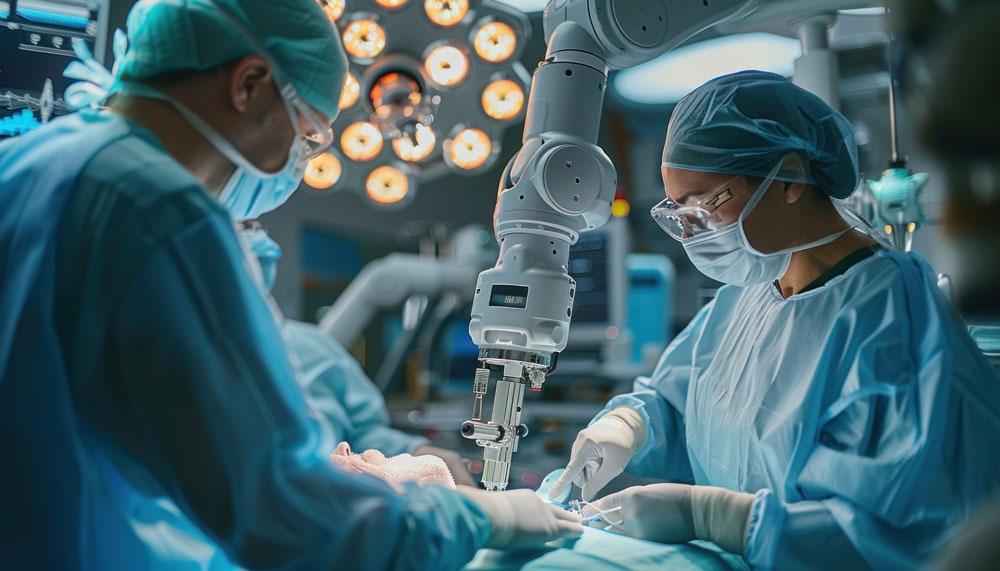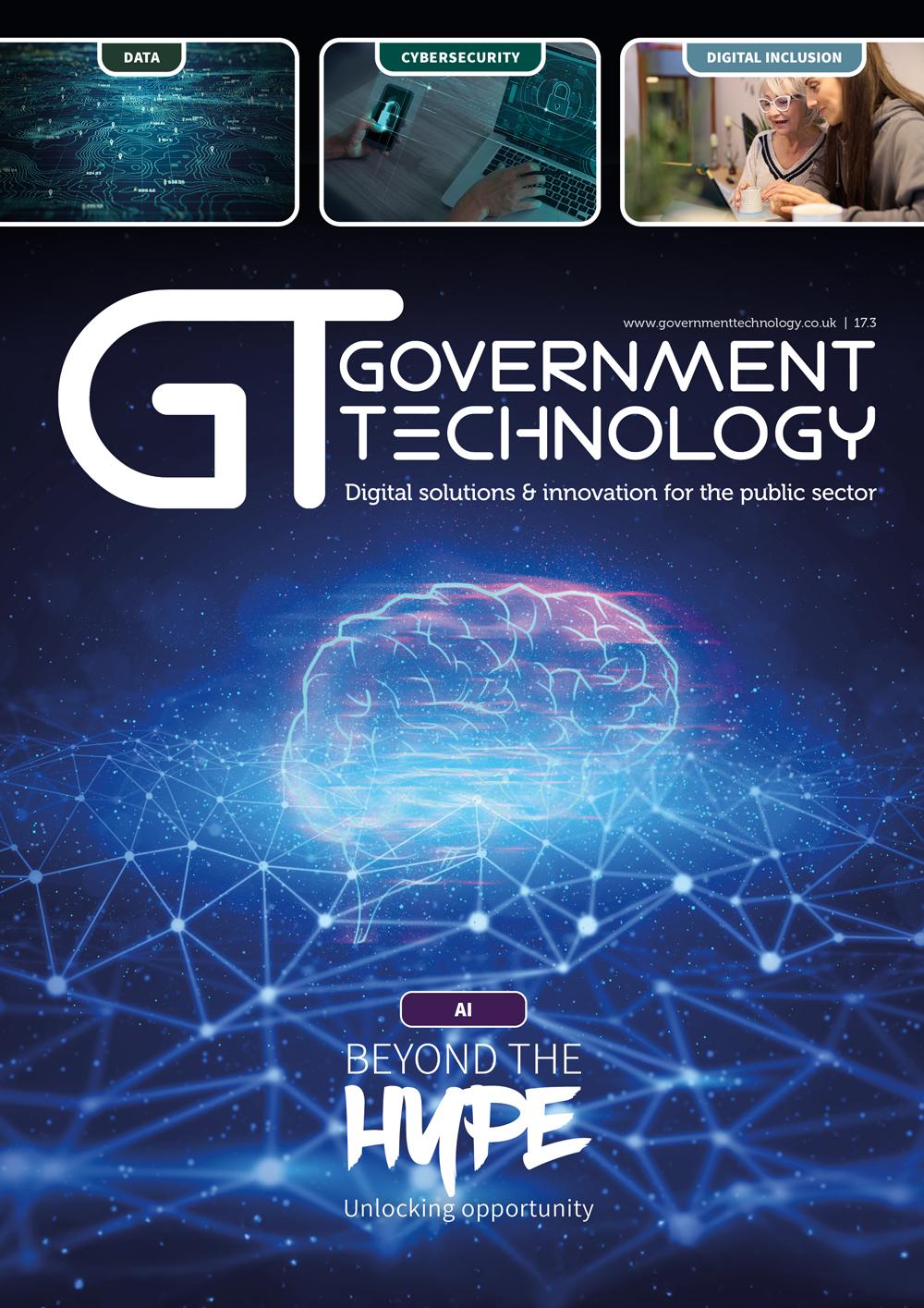The National Institute for Health and Care Excellence (NICE) has conditionally approved 11 robotic surgery systems, which is set to revolutionise patient care.
Robot surgery has had positive patient feedback, including faster recovery times, shorter hospital stays, less pain, and reduced scarring compared to traditional surgery. The systems approved include five for soft tissue procedures such as hernia repair, and six for orthopaedic surgeries, including full or partial knee replacements.
Robotic surgery is becoming increasingly more popular, with colorectal surgery now accounting for 25 per cent of all robotic procedures. Orthopaedic robot-assisted surgery, the robot surgery with the biggest increase, has gone from around 300 procedures in 2018-19 to over 4,000 last year.
The committee has noted several important considerations for implementing robot-assisted surgery services, such as ensuring equitable access across different regions and addressing lower uptake in more deprived areas. Careful planning will need to go towards the availability of training, resources, and staff to support these services.
Having received conditional approval, these systems will need further evidence collected over the next three years to demonstrate their cost-effectiveness as part of the Early Value Assessment process.
Programme director of NICE’s HealthTech programme, Dr Anastasia Chalkidou, commented: “These innovative technologies have the potential to transform both soft tissue and orthopaedic surgical care in the NHS. The data gathered over the next three years will allow us to evaluate exactly how these technologies can improve patient care and help ensure NHS resources are directed toward interventions that deliver meaningful clinical benefits and long-term value to our health service.
“Robot-assisted surgery may help overcome key limitations of conventional techniques through precise movements and enhanced 3D visualisation, potentially transforming surgical options and outcomes for NHS patients. Both applications could benefit patients who might not otherwise be candidates for minimally invasive approaches.”

